Table of content
Corn on the cob, a quintessential summer delight, holds a cherished place in culinary traditions worldwide. Whether grilled, steamed, or boiled, its sweet, juicy kernels evoke memories of backyard barbecues, festive gatherings, and simple family dinners. Yet, achieving that coveted balance between tender and crisp—a corn cob neither undercooked nor mushy—requires precision and understanding. The question “How long should corn on the cob be boiled?” is deceptively simple, yet its answer hinges on a symphony of factors: the corn’s freshness, size, variety, and even the altitude of your kitchen. This article delves into the science and art of boiling corn to perfection, equipping you with the knowledge to transform this humble grain into a culinary masterpiece every time.
The Anatomy of Corn: Freshness Matters
Before diving into cooking times, it’s essential to grasp how corn’s biology influences its preparation. Corn, or Zea mays, is a cereal grain native to the Americas. Its ears are enclosed in husks, which protect the kernels from pests and moisture loss. However, once harvested, corn undergoes rapid changes. The sugars within its kernels begin converting to starch immediately after picking, a process accelerated by heat and time. This means fresher corn cooks faster and retains its sweetness, while older corn may require adjustments to cooking methods to mitigate starchiness.
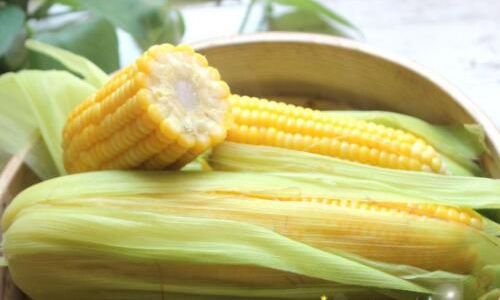
Fresh vs. Frozen Corn:
- Fresh Corn: Ideally cooked within hours of harvest. The husks should be bright green, tightly wrapped, and the silks damp and golden. Boiling fresh corn typically takes 5–7 minutes.
- Frozen Corn: Blanched before freezing to halt enzyme activity. Cooking time increases to 7–10 minutes, as the ice crystals need time to thaw and heat through.
Size and Variety: Not All Ears Are Created Equal
Corn comes in diverse varieties, from sweet corn (the most common for boiling) to field corn (used for animal feed or industrial purposes). Sweet corn itself has subtypes like su (normal sugary), se (sugary enhanced), and sh2 (super sweet), each with varying sugar content and cooking requirements.
Size Considerations:
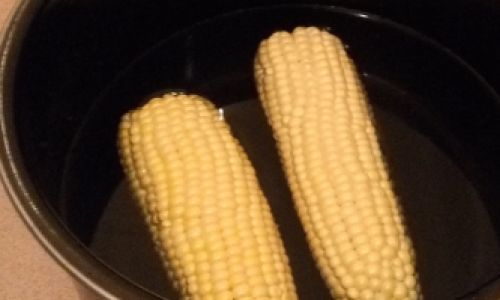
- Small Ears (6–7 inches): Boil for 4–5 minutes (fresh) or 6–7 minutes (frozen).
- Medium Ears (7–8 inches): 5–7 minutes (fresh) or 7–9 minutes (frozen).
- Large Ears (8+ inches): 7–9 minutes (fresh) or 9–12 minutes (frozen).
The Boiling Process: Step-by-Step Mastery
Boiling corn seems straightforward—fill a pot with water, add corn, and wait. However, nuances in technique can elevate your results.
Preparing the Corn
- Shucking: Remove the outer husks and silks. For stubborn silks, rub the ear with a damp towel or use a soft brush.
- Trimming: Cut off excess stalk ends to fit your pot. Some chefs leave a small portion of the husk intact for added flavor, though this is optional.
Water Quantity and Temperature
- Use enough water to submerge the corn fully (typically 1–2 gallons for 4–6 ears).
- Add a pinch of salt (1–2 teaspoons per gallon) to enhance flavor. Avoid sugar, as it can harden kernels.
- Bring water to a rolling boil before adding corn. Adding corn to cold water leads to uneven cooking.
Timing and Testing
- Fresh Corn: Start timing once the water returns to a boil. Reduce heat to a simmer to prevent overcooking.
- Frozen Corn: Add directly to boiling water; no need to thaw.
- Testing Doneness: Pierce a kernel with a paring knife. If the liquid is milky (not clear), it’s done. Overcooked corn will have wrinkled kernels and a dull hue.
Altitude Adjustments: Cooking at Higher Elevations
At higher altitudes, water boils at lower temperatures (e.g., 200°F/93°C at 5,000 feet vs. 212°F/100°C at sea level). This延长 cooking times.
- Sea Level: 5–7 minutes (fresh).
- 3,000 Feet: 6–8 minutes.
- 5,000+ Feet: 8–10 minutes.
Beyond Boiling: Alternative Cooking Methods
While boiling is classic, other techniques offer unique textures and flavors.
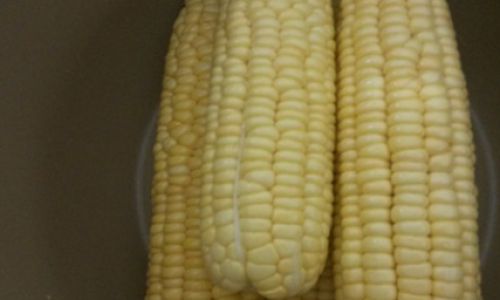
Steaming
- Place corn in a steamer basket over boiling water.
- Cook for 10–15 minutes (fresh) or 15–20 minutes (frozen).
- Benefits: Retains more nutrients; kernels stay plumper.
Grilling
- Soak unshucked corn in water for 30 minutes to prevent burning.
- Grill over medium heat for 15–20 minutes, turning occasionally.
- Benefits: Smoky flavor; charred kernels add depth.
Microwaving
- Wrap shucked corn in damp paper towels.
- Microwave on high for 3–5 minutes per ear.
- Benefits: Ultra-quick; minimal cleanup.
Troubleshooting Common Pitfalls
Even seasoned cooks encounter mishaps. Here’s how to fix them:
- Mushy Corn: Overcooked. Reduce time by 1–2 minutes next batch.
- Tough Kernels: Undercooked or old corn. Try steaming or grilling instead.
- Uneven Cooking: Overcrowded pot. Use a larger vessel or cook in batches.
- Bland Flavor: Add aromatics to the water (bay leaves, peppercorns, or herbs).
Serving Suggestions and Pairings
Boiled corn shines when paired with complementary flavors:
- Butter Basics: Smear with compound butter (herbed, spicy, or truffle-infused).
- Global Twists: Sprinkle with cotija cheese and chili powder (Mexican street style), or miso butter (Japanese-inspired).
- Light Options: Squeeze lime juice and dash chili powder for a zesty kick.
Storing and Reheating Leftovers
- Refrigeration: Store cooked corn in an airtight container for 3–5 days.
- Freezing: Blanch first, then freeze. Reheat by simmering for 5 minutes.
- Reheating: Wrap in damp paper towels and microwave for 1–2 minutes.
The Science Behind Perfectly Cooked Corn
Corn’s cooking process involves starch gelatinization—the breakdown of starch molecules when heated. At 140–150°F (60–66°C), starch granules absorb water and swell, softening the kernels. Over 185°F (85°C), the starch cells rupture, leading to mushiness. Boiling within the 150–180°F (66–82°C) range ensures tender yet intact kernels.

Cultural Significance of Corn
Corn’s culinary journey mirrors human history. Indigenous peoples cultivated it for millennia, developing techniques like nixtamalization (soaking corn in lime water) to enhance nutrition. Today, corn remains a global staple, featured in dishes from Mexican elote to Italian polenta.
Conclusion: The Quest for Corn Perfection
Boiling corn on the cob is both science and art. By considering freshness, size, and altitude, and mastering techniques like steaming and grilling, you can elevate this humble grain into a dish that delights the senses. Whether slathered in butter or sprinkled with exotic spices, perfectly cooked corn embodies the joy of simplicity—a testament to the harmony of nature and culinary craft.
Next time you stand before a steaming pot of corn, remember: timing is not a rule but a dialogue. Listen to the sizzle, observe the color, and savor the moment. For in those golden kernels, boiled to perfection, lies the essence of summer itself.
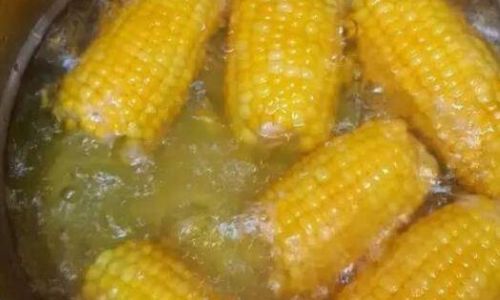
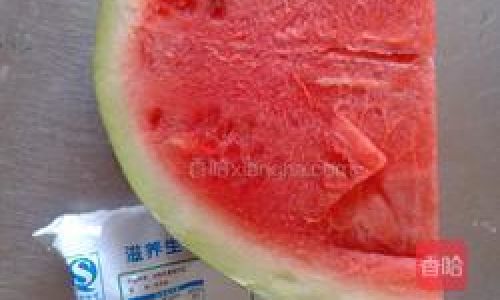
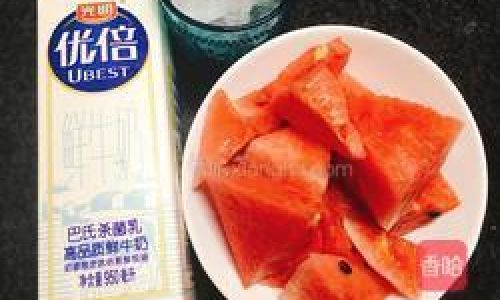
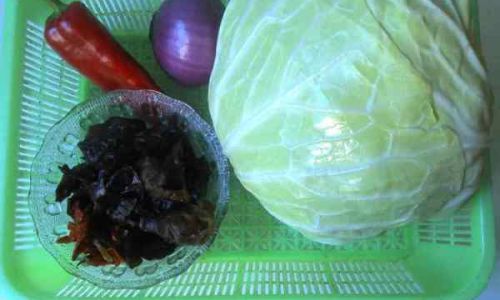
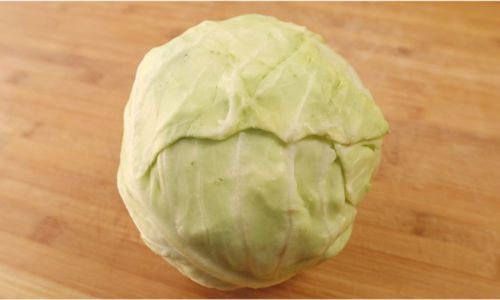
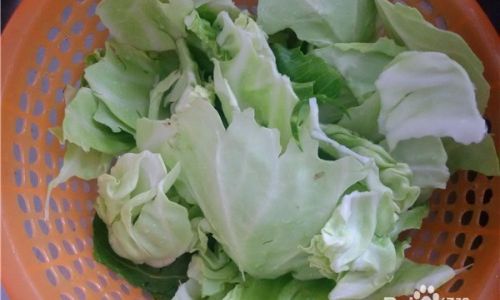
0 comments